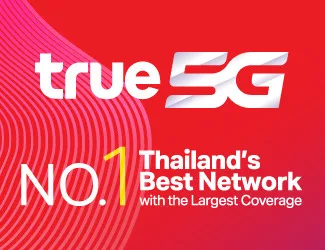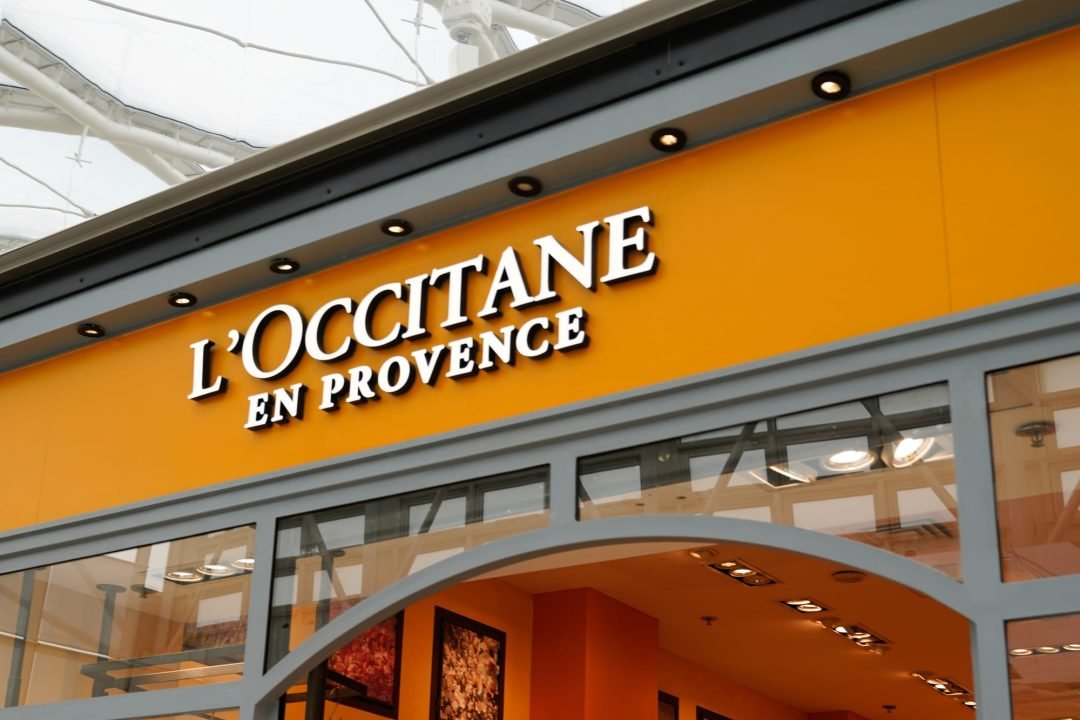
The world of wireless communication is on the brink of a revolution. While we’ve all become accustomed to WiFi, a new technology known as LiFi (Light Fidelity) is poised to take its place. LiFi, which relies on light rather than radio waves to transmit data, promises faster and more efficient connections.
What is LiFi?
LiFi is a wireless communication technology that uses visible, infrared, and ultraviolet light to transmit data. Unlike WiFi, which depends on radio waves, LiFi utilises light emitted by LEDs (light-emitting diodes). The concept was introduced by Professor Harald Haas during a TED talk in 2011, and since then, it has seen significant advancements.
How Does It Work?
The magic of LiFi lies in the modulation of light emitted by LEDs. Here’s a simple breakdown:
- Modulated Light Emission: LEDs flash at extremely high speeds, undetectable to the human eye. This rapid modulation encodes data.
- Signal Reception: A receiver, such as a photodetector, captures the modulated light and converts it back into electronic data. This data is then processed and sent to the receiving device, like a computer or smartphone.
- Data Transmission: Through the process of modulating and demodulating light, LiFi can transmit large amounts of data at incredibly high speeds, surpassing what WiFi can offer.
Why Consider LiFi Over WiFi?
LiFi isn’t just a novelty; it brings several advantages that make it a compelling alternative to WiFi.
Higher Transmission Speeds: LiFi can reach speeds up to 10 Gbps and potentially even higher, dwarfing the typical WiFi speeds of up to 1 Gbps.
Less Interference: By using visible, infrared, and ultraviolet light, LiFi avoids the electromagnetic interference that plagues radio wave-based WiFi. This results in more stable and reliable connections, even in environments crowded with WiFi signals.
Enhanced Security: LiFi signals can’t pass through walls, confining the connection to a specific room. This adds a layer of security, reducing the risk of unauthorised access from outside the physical space.
Energy Efficiency: LEDs, the backbone of LiFi, are known for their high energy efficiency. This could lead to more energy-efficient data transmission compared to traditional WiFi.
Greater Bandwidth: The bandwidth available for visible light is much higher than that for radio waves. This allows LiFi to support a larger amount of data simultaneously, making it ideal for environments that demand high data throughput.
The Future of LiFi
As we continue to search for faster and more efficient data transmission methods, LiFi stands out as a promising technology. It has the potential to revolutionise the way we connect to the internet, offering higher speeds, improved security, and greater efficiency.
LiFi might not replace WiFi overnight, but its advantages are clear. As the technology develops and becomes more widely adopted, we could soon see a shift from the familiar WiFi to the innovative LiFi, lighting the way to a faster, more secure digital future.
















